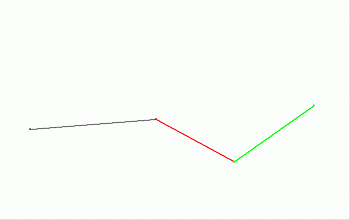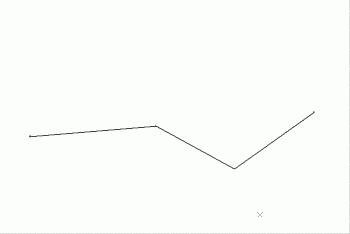|
|
Command Help |
|
Command Name |
Menu |
Quick Key |
Link to Command Table |
|
merge-string-segments-attrib |
Command line only |
- |
Description
Merge the current strings object's selected string segments which have coincident end points whilst preserving all edge attributes on the merged strings except for COLOUR, LSTYLE and SYMBOL
How to Use
-
In the Current Objects toolbar, select the strings object containing the segments to be merged, in order to make it the current strings object.
-
In a 3D window, select the strings (segments) to be merged.
-
Run the command.
-
String segments sharing end points will be linked. The attributes of the merged strings are not combined, but maintained, other than COLOUR, LSTYLE and SYMBOL, which must be made consistent in order to support scheduling processes found in Studio 5D Planner.
|
|
|
|
|
This command is especially useful for imported CAD string files; the CAD polylines are imported as individual string segments and this function will re-connect the segments into their original polyline/string state. |
Example
In the example below, a strings object, consisting of three separate strings/segments (with shared ends) is merged into a single string.
The string object consisting of three strings/segments before merging (here, not yet selected):

The string object, after merging, now consisting of a single string consisting of three segments (here the string has been deselected to show the merged string's color):


